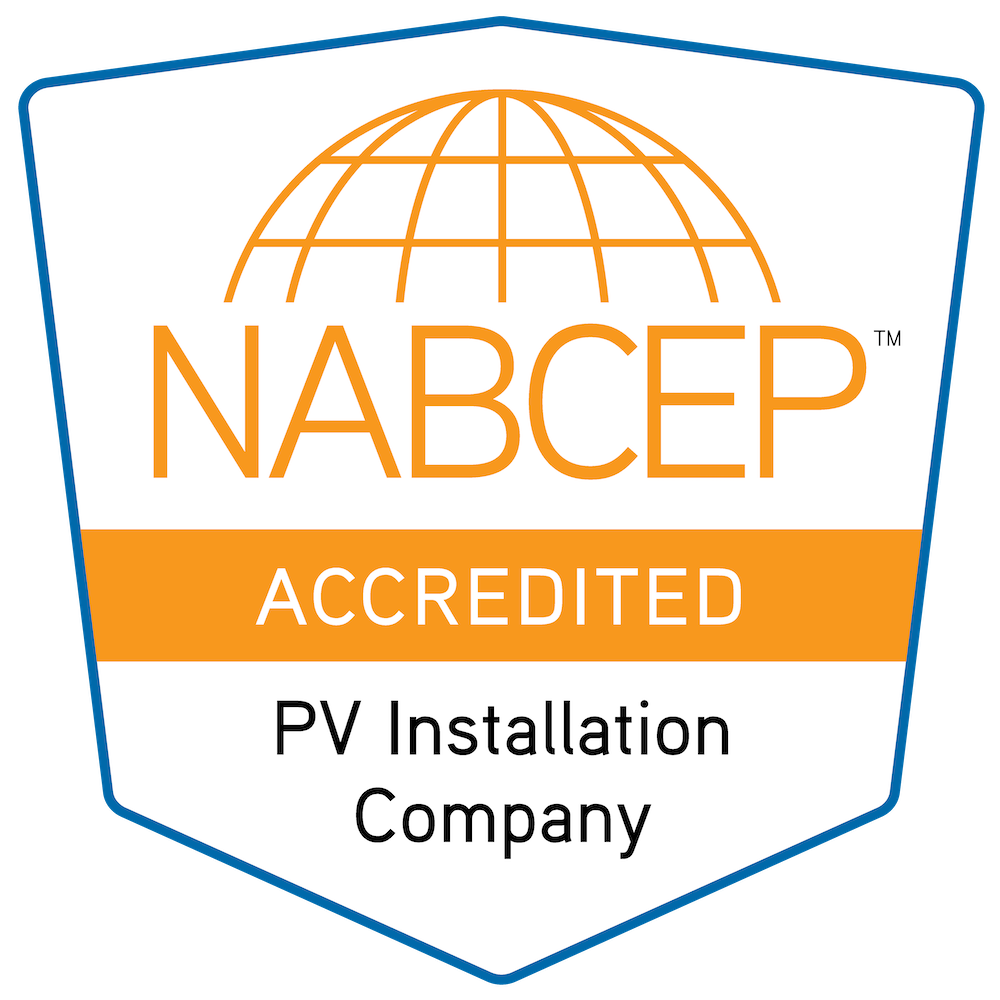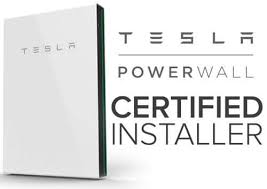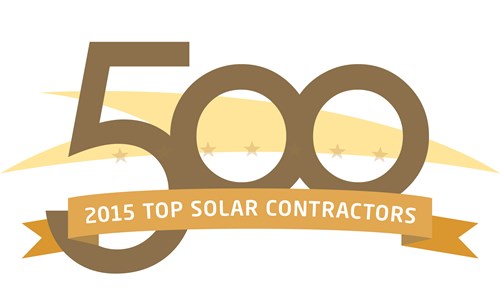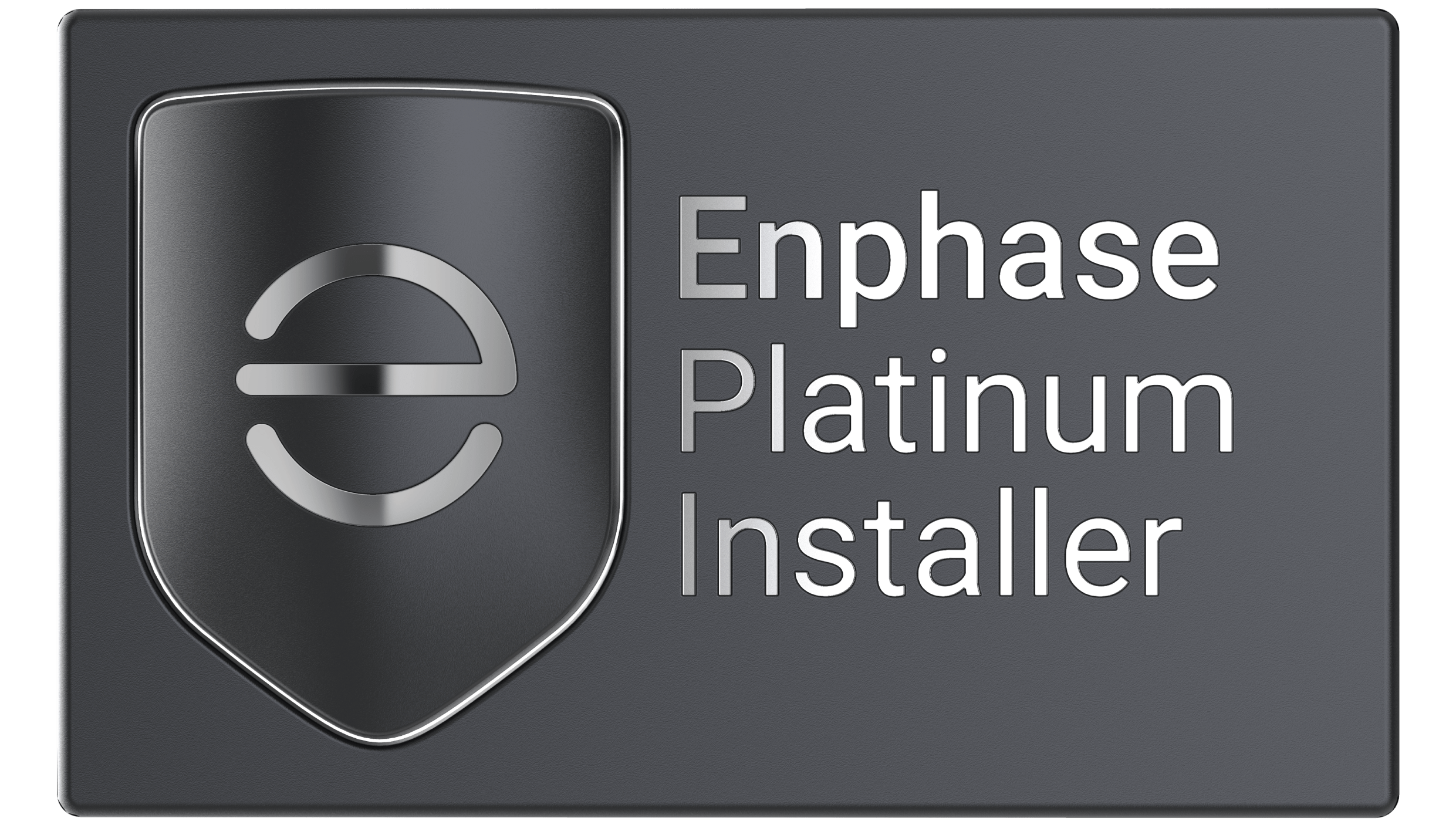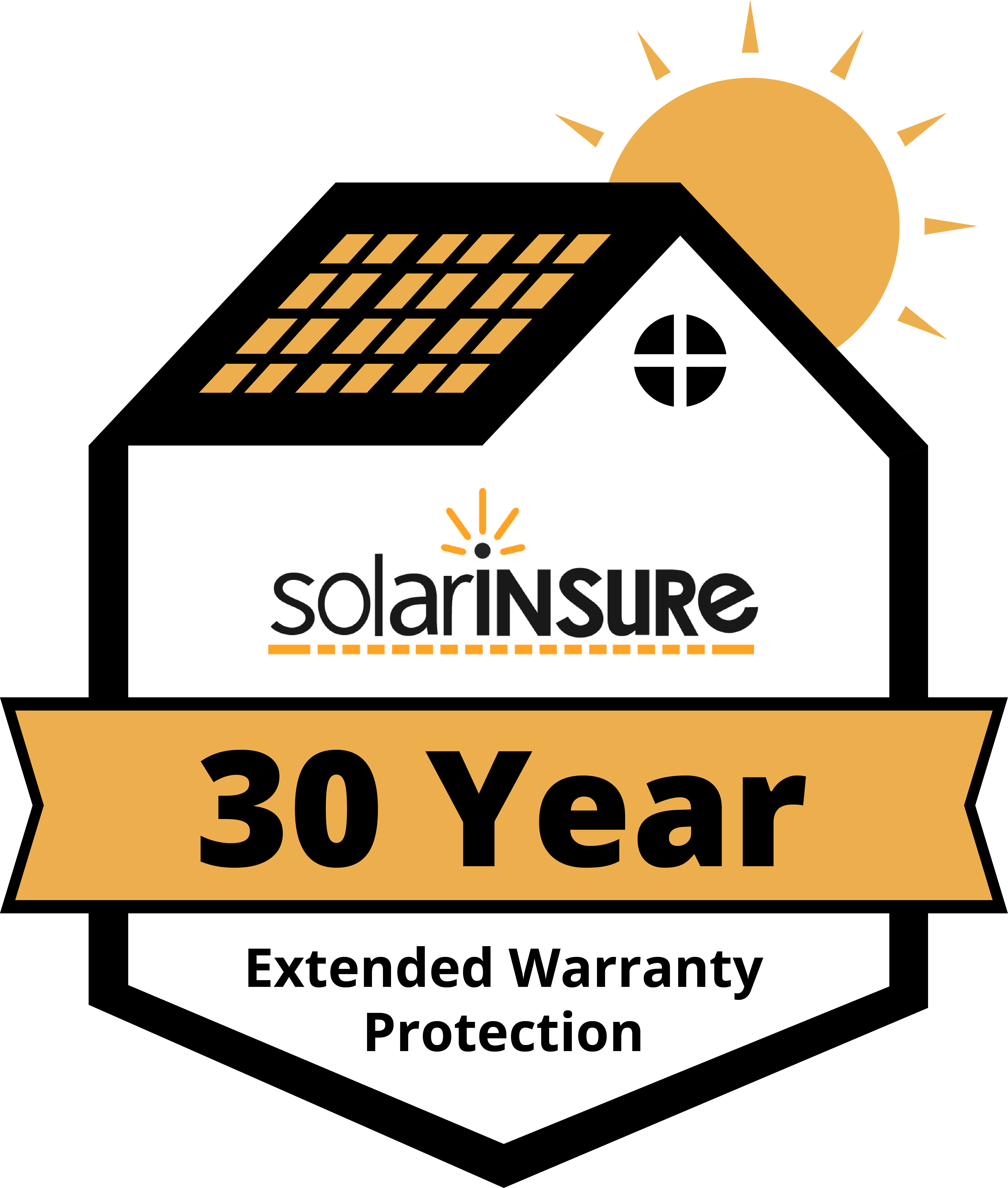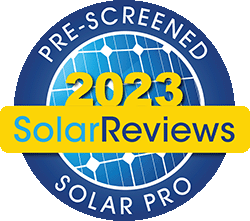You’ve probably seen solar photovoltaic (PV) panels popping up on rooftops all over Northeast Florida, and wondered whether or not solar really works. There are a number of popular misconceptions about solar power, and often when we speak to prospective clients, they have heard some myths. Coal companies, oil companies, and utilities are more than happy to have their customers keep believing in these myths, and solar companies around the country are working hard to dispel these distortions.
A1A Solar Contracting is the leading solar contractor in our region, with hundreds of happy customers who have experienced first-hand that solar is a fantastic financial decision.
1: My HOA won’t allow solar
Homeowners associations can be a bit scary, for they do wield a great deal of power when it comes to modifying the exterior of your home. They can dictate the length of your grass, the colors you are allowed to use, and what trees you have in your yard. Furthermore, they can place a lien on your home and impose significant fines for non-compliance. For this reason, one of the first questions homeowners always ask is “what about my HOA?”
Homeowners associations are not legally allowed to prevent you from placing solar on your roof, and they know it. In fact, if they take legal action, by federal law, the HOA will be on the hook for your legal fees. The associations are typically very easy to work with when it comes to getting your solar project approved. A1A Solar will handle this process for you, working on your behalf to obtain the HOA letter. We typically avoid placing panels on the front of a home located within a community that has homeowners association; we will do so at the customer’s request, but only if it makes a significant difference in the system’s production.
2: Solar requires a great deal of upkeep and maintenance
PV solar is astonishingly easy to maintain, since there are no moving parts. Solar arrays are built to withstand extreme heat and weather, including hurricanes and hail. The only upkeep required is to keep the panels free of debris and dirt. Typically the panels should be cleaned about once a year. Pollen tends to be the biggest factor in our area, which will accumulate in the spring and decrease panel efficiency.
Cleaning takes almost no time, using a soft-bristle RV brush and a garden hose. If you don’t feel like bothering with the cleaning, you can always call A1A Solar, and we can put you on our cleaning schedule for a small fee.
3: Installation presents a big hassle
Our average install takes only about three days, from start to finish, including the necessary electrical work. We handle all of your permitting with the municipality, the utility company, and the HOA. We schedule our installations in advance, and will work around your schedule to make the install go smoothly.
Installs are hassle free, and our crews are all composed of A1A employees because we do not subcontract any work. This means that you can expect excellent customer service and professionalism at every phase of your installation, from your consultation with a sales representative, to your interactions with our office staff and engineers, to the hard working men and women who will put the panels on your roof.
4: The monthly payments are too high
As soon as your array comes online following your meter-swap, you will notice a huge reduction on your electric bill. This means that while you are making a solar payment, you are only paying a fraction of your previous electric bill. The more panels you have, the greater the percentage of your electricity you will offset with solar.
A solar investment is essentially revenue-neutral during the first seven years, meaning your solar payment is roughly the same as what you are already spending on your electric bill. And as utility rates continue to climb, during the last few years of your finance period, you will likely be paying less with solar. Of course, after your system is paid for, you can look forward to decades worth of electricity for free. Our motto is “why pay for energy, when sunshine is free?”
FPL announced a rate hike that will go into effect on January 1, 2017. By going solar, homeowners can essentially freeze inflation in place, avoiding paying more for electricity in the future.
5: Solar doesn’t work when it’s cloudy
As long as the sun is shining, your solar array is generating power, whether or not it’s cloudy, rainy, or even snowing. UV rays penetrate cloud cover, and hit the panels as long as the sun is up. However, during extensive cloudy days, your system will not harvest as much energy as it will on clear days.
Our engineers use advanced software which includes weather-prediction data for specific areas, and our projections take historic weather patterns into account.
6: Solar is too expensive
When you compare the cost of what you will spend over the next 25 years on electricity with the cost of your PV array, you will see that solar represents a huge financial swing in your favor. The average homeowner will save between $40,000 and $50,000 over the life of a system, and this doesn’t include the significant additional monetary value solar brings to homes.
Prices have dropped over the last decade, efficiencies have increased, and utility rates have gone up. As an investment in your future, solar is far ahead of the stock market, money market accounts, or savings. A typical first year annual percentage yield (APY) is around 7%.
With the 30% Solar Investment Tax Credit, the federal government essentially pays for almost one-third of the cost of your system.
The most important thing to remember is that you are already spending the money on electricity; it’s not an option. Solar allows you to redirect the money you will spend with your utility company and invest it in your home, rather than squandering it every month with nothing to show for it.
7: Solar doesn’t work at night
While it’s true that sunshine is the most important component of a solar array, we sell “grid-tied” systems. This means that during the daytime, after your home’s electric needs are met, you are making more power than you actually use. The utility company will then sell that excess electricity to your neighbors, crediting you for it. At night, when you are no longer making power, you will draw back from the grid.
This process is called net-metering, and being connected to the grid means that no battery systems are necessary, because the extra electricity does not need to be stored.
8: Solar means I will be off the grid
Because most of the systems we sell are “grid-tied,” if the grid goes down, your array goes down with it. This is a safety measure to ensure that if utility workers are out restoring power and working on lines, the excess power your array would generate does not shoot back to the grid and electrocute a lineman. In the event of a power outage, you will not have electricity, and there is an additional safety measure required by the utilities in the form of a manual automatic disconnect switch that we install near your electric meter to make sure that our workers are safe.
If you’d like to have the ability to maintain electricity even when the grid goes down, we offer solutions. We sell battery-back-up systems which store the excess power your array makes during the daytime, and which you can pull from at night. And if there is a power-outage, all of the extra power flows to your battery rather than the grid. During the night, you can draw from your battery, and power most of your home’s needs, with the exception of central air or heat.
We also offer generators which we can install and wire to work seamlessly in conjunction with your PV array and battery; generators are a more affordable option, and make sense for homeowners concerned about short outages during hurricanes, rather than a long-term outage that happens because of a cataclysmic event like war.
9: I should wait for better technology and price drops
Prices have bottomed out, after significant reductions over the last decade. Since 2009, prices have come down 70% according to National Geographic, spurred by the federal tax credit and an influx of panels manufactured overseas. (A1A uses panels made in the United States.)
Soft costs have remained stable, and steadily increased along with inflation: the cost of trucks, install crews, electricians, and overall operating expenses will never go down. While panel efficiencies continue to increase incrementally, the overall price-per watt is highly unlikely to go down significantly in the future. Part of the reason for this is that large corporations and utility companies are building huge large-scale arrays all around the world, reducing supply and increasing the demand for panels.
The technology used in solar panels is mature, and the technology itself has changed little since the 1960s. The materials used have evolved, and the efficiency of panels has gone up, but when comparing those increases with cost of waiting to install solar, the economics of going solar now far outweigh any benefit to be reaped by delaying. Solar works like an investment account, and the sooner you start to save, the more money you will save in the long run.
10: More people would have solar if it made sense
A common remark we hear from clients is “why doesn’t everyone have solar? It seems like a no- brainer.”
Solar is now exploding in North Florida, but we are still lagging behind the rest of the country when it comes to solar production. Despite the fact that Florida is number 4 for solar potential nationwide, we come in at 14 for overall harvest.
There are several reasons for this disparity, but the good news is that we’re gaining ground quickly, and as solar builds momentum, we’re seeing more and more of our neighbors with it.
One reason that more people don’t have solar is that for many years, the payback period was considerably longer than it is today. Now, we have many more financing options which make the payments completely affordable, and allow homeowners to go solar without any out of pocket expenses up front.
Another reason that more people don’t have solar… the myths just addressed in this article! Please help us spread the word that solar is good for the environment and also a great investment.




